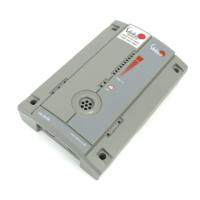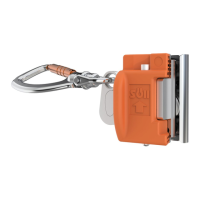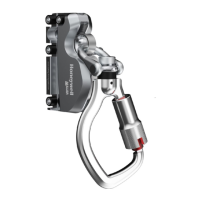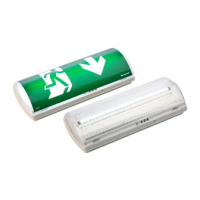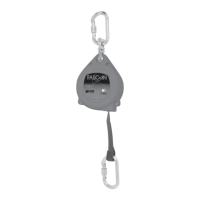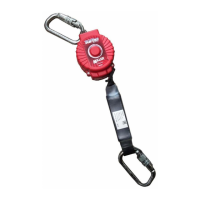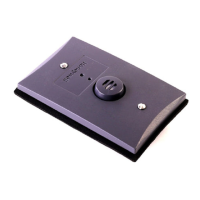Calibration Handbook
63Manning EC-F9-NH3
EC-F9-NH3 Calibration Procedure
General Information
The Manning EC-F9 sensor should be calibrated a minimum of once every six months, or after exposure to a
large concentration of gas. The Manning EC-F9 generally becomes less sensitive with age, therefore regular
calibration is critical to maintain the accuracy of the sensor.
Refer to the Manning EC-F9 sensor manual for more in-depth calibration procedure details.
Zero Calibration
There is no zero pot as the pre-amp is factory zeroed and should not require any further adjustment.
Span Calibration
NOTE: If the sensor output is erratic immediately after the installation of a new cell, it may be a high gain
(span) setting left over from a previous cell that was adjusted for aging.
s Confirm that the sensor is in clean air or there is no ammonia present. Output should not be more than
4.6 mA (46 mV from Test[—] to Test[+]).
s The table below shows what span gas to use and what the signal should be for various sensor ranges:
Sensor Range
(ppm)
Span Gas
(ppm)
Calibrated Signal Voltage
(mV)
0—100 100 200
0—250 250 200
0—250 100 104
0—500 250 120
0—1,000 1,000 200
s Place calibration adapter firmly over the sensor.
s Apply span gas at 1.0 L/min (span gas must be in air, not nitrogen or other carrier).
s After span gas has been on sensor for two minutes, adjust the span pot until the correct output is achieved.
s For combinations not shown in the previous table, use the following formula to determine the output:
SGC
Signal (mA) = x 16 + 4
SFSV
Where:
SGC = Span Gas Concentration,
SFSV = Sensor Full Scale Value.
For example, if 100 ppm SGC gas is used to calibrate a 250 ppm SFSV sensor, the signal would be as follows:
100 ppm
Signal = x 16 + 4 = 10.4 mA
250 ppm
10.4 mA = 104 mV from TEST (—) to TEST (+)
If the correct output cannot be achieved, a replacement cell is required.

